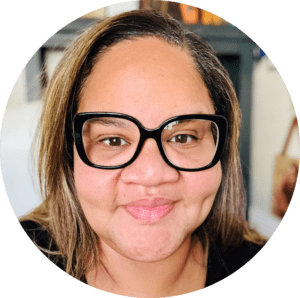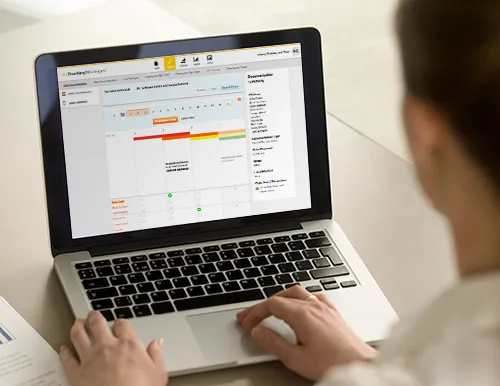Before You Go: Data-Based Considerations for the End of the Year


The End-of-the-Year Assessment Review
It’s the end of the school year and while the excitement of summer-time fun is seeping in (cue the swim suits and flip-flops), there is also a mad dash to wrap up the current school year.
A key component of any good end-of-year process is making time and space to review assessment data. It is important for teachers and administrators to review data as they make plans for their students and programs.
Here are some suggestions on ways to use end-of-the-year assessment data:
- Individual Student Celebrations
World-renowned expert on formative assessment Margaret Heritage says, “Feedback that the teacher provides to students is also an essential resource so the students can take active steps to advance their own learning. In reality, the feedback to students can be understood as instructional action.”1 In addition to helping students become owners of their learning, formative assessment data can be used to celebrate growth and learning with students. If you are a classroom teacher, consider ways to give your students feedback on the growth they have made throughout the year. For instance, you could use the data from the Individual Child Report in the Teaching Strategies platform to create meaningful, relevant feedback. For younger students, this could be done with a drawing that illustrates concepts like growth, movement, change, or increase. The time you take to reflect on growth and celebrate with students can help them feel accomplished and excited to keep on learning. - Transition Planning
As students transition from one grade to another (e.g., from preschool to kindergarten or from first to second grade), the information teachers are able to share with one another is invaluable. The teacher who has had a student for an entire school year has a cache of knowledge about that student—his or her interests, motivations, strengths, needs, and other nuanced information. For the teacher of the student’s next class or grade, this comprehensive data about the incoming student can be very useful as she sets the student up for success from the first day. If your program is using the SmartTeach platform, consider using the Development and Learning Report or the Snapshot (Birth Through Third Grade) Report to share information between grades. This becomes especially important if a child is transitioning from a Head Start classroom or other setting and is entering a public or charter school for the first time. Read this recent blog with great tips on preparing students for their transition from pre-K to kindergarten. - Program Planning
If you are a program administrator, the end of the year presents an opportunity to reflect on and analyze your program’s data. As a former administrator of both a child care and a school district program, I know what you’re thinking—Nicol, there is so much to do to end the year; data analysis isn’t a priority. I’ve got teacher contracts to secure, parent-teacher conferences to oversee, IEP meetings to attend, and the list goes on and on. Well, you’re right. You do have many important activities going on at this time of year. I’m here to say we have resources that can help you get it all done. For instance, if you are working on developing a professional development plan for your teachers, you can use data from the Interrater Reliability Report or the Online Professional Development Report in the Teaching Strategies platform to determine what kinds of professional development teachers may need to more effectively or efficiently use the formative assessment process in their classrooms. Or, you can plan to host an end-of-the-year “data dive day” with your staff and use the Alignment Report to start a dialogue about the students in your program and inform future plans for improvement. This can create a practice of continuous quality improvement that benefits the program and ultimately, the students.
As I think back to when I taught kindergarten, I remember feeling that the end of year was such a special time for me and my students.
Everything we were working on during the year was coming to an end and rather than feeling sad about it, we thought back fondly on our shared experiences: the laughter, the accidents, the time I forgot to bring the key to get back into the building when we went to the playground and then had to walk all the way around the school to the office to get back inside (I did that at least once a year). I hope that you make time in the flurry of all the other activities you are doing right now to reflect on the year, reminisce with one another, and feel proud of everything you did to help make this school year a great one.
